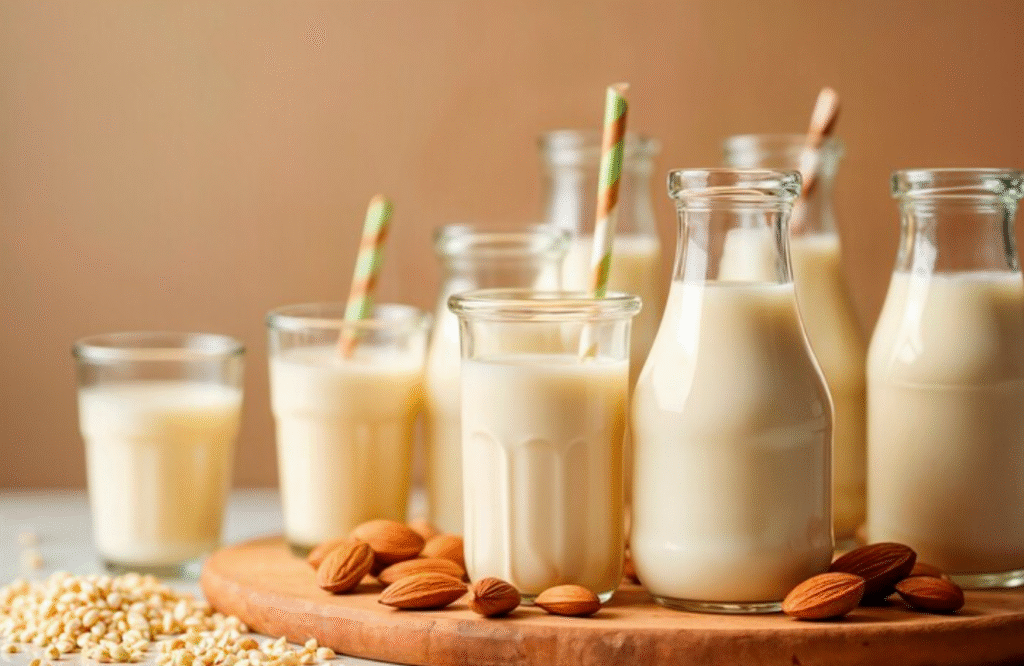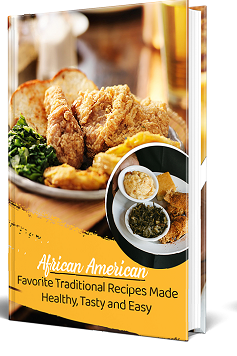Plant-based drinks have been gaining popularity in recent years, as more and more people are looking for dairy-free alternatives to traditional cow’s milk. Whether you are lactose intolerant, vegan, or simply looking to reduce your dairy intake, there are a variety of plant-based milk options available on the market. In this guide, we will explore the world of plant-based milk, including different types and how to use them in your daily life.
One of the most popular plant-based milk options is almond milk. Made from ground almonds and water, almond milk has a creamy texture and a slightly nutty flavor. It is also a good source of vitamin E and calcium. Almond milk can be used in a variety of ways, such as in coffee, smoothies, and baking. It is also a great option for those who are watching their calorie intake, as it is lower in calories than cow’s milk.
Another popular plant-based milk is soy milk. Made from soybeans and water, soy milk has a similar protein content to cow’s milk and is often fortified with vitamins and minerals. It has a slightly thicker consistency than cow’s milk and a slightly nutty flavor. Soy milk is a versatile option and can be used in cooking, baking, and as a substitute for cow’s milk in cereal or coffee.
For those looking for a creamier option, oat milk may be the perfect choice. Made from oats and water, oat milk has a creamy texture and a slightly sweet taste. It is also a good source of fiber and can be used in a variety of ways, such as in coffee, smoothies, and baking. Oat milk is also a great option for those with nut allergies, as it is nut-free.
Coconut milk is another popular plant-based milk, known for its rich and creamy texture. Made from the flesh of coconuts and water, coconut milk has a slightly sweet and tropical flavor. It is a good source of healthy fats and can be used in cooking, baking, and as a substitute for cow’s milk in coffee or cereal. However, it is important to note that coconut milk is higher in calories and saturated fat than other plant-based milk options.
For those looking for a protein-rich option, pea milk may be the perfect choice. Made from yellow peas and water, pea milk has a similar protein content to cow’s milk and is often fortified with vitamins and minerals. It has a creamy texture and a slightly sweet taste. Pea milk is a great option for those with nut or soy allergies, as it is free from both. It can be used in cooking, baking, and as a substitute for cow’s milk in coffee or cereal.
Now that we have explored some of the most popular plant-based milk options, let’s talk about how to use them in your daily life. Plant-based milk can be used in a variety of ways, just like cow’s milk. It can be used in coffee, tea, smoothies, and cereal. It can also be used in cooking and baking, such as in pancakes, muffins, and sauces.
When using plant-based milk in cooking or baking, it is important to keep in mind that it may have a slightly different consistency than cow’s milk. This may affect the texture of your dish, so it is important to adjust accordingly. For example, if a recipe calls for cow’s milk, you may need to use slightly less plant-based milk to achieve the same consistency.
In conclusion, plant-based milk offers a variety of options for those looking for dairy-free alternatives. From almond milk to pea milk, there is a plant-based milk option for everyone. These milks can be used in a variety of ways and can easily be incorporated into your daily life. So why not give them a try and explore the world of plant-based milk? Your taste buds and your health may thank you.







